If this is the latest in arena-based fighters, then I’m no longer interested.
Anime fighting games have never been top-tier fighting games. When you buy a modern Street Fighter or Mortal Kombat title, you know you’re getting a precise and balanced fighting game experience, filled with unique characters to suit most players’ style and fighting preference. When you get an animé-based fighting game, you could be getting something fun—like the Budokai series of DBZ games—or you could get a farted-out Naruto game that’s as fun as flushing a couple twenty-dollar bills.
One Piece by comparison has had some enjoyable games, but I can’t remember one really standing out amongst the genre. And to be blunt, I doubt this one’s going to help much.
Burning Blood includes a massive roster of fighters from the OP universe, including multiple versions of characters, as the main storyline is a very specific point in time: a war two years in the past between the pirates and the MARINES (I don’t know if that should be all caps, but it always seems like it probably should). The repeated two-years-younger versions don’t appear to handle differently from what I can tell; Luffy appears to just be a swap in outfits from my use of him, but it’s still impressive. It’s an interesting take on the traditional story mode, with four different “main” characters to play through, each representing a different point of view in the grand story sequence. It's quite short, though, with much of that time spent repeating the same battle. There's a lot of repetition of animated segments, which feels like a cop-out, but I like the concept of trying to see everyone’s perspective.
Burning Blood's controls are simplified, so there really aren’t any special moves to "learn." There’s a quick attack, a stronger attack, a jump, and a guard button, then those three actions (minus jump) mixed with the shoulder button. When competing with multiple characters or supports—up to three characters and three support characters can be in use in a given match—tapping the correct section of the screen can power you up, swap out to a fresh friend, or even chain combos together between multiple fighters. It’s unlike so many other games in approach, but it works well enough, each button feeling responsive and usable.
What’s easily most important is using R1 sparingly throughout a match; it can break up a combo by being held, then allow for a counter-combo for serious damage. But there is a power bar that needs to recharge in order to use it throughout a match, and when it’s empty, hightail away. It doesn’t take long to charge, but with some overpowered opponents it becomes a critical tactic to take full advantage of.
One of the most frustrating things a fighting game (or really any game) can do is make mandatory training levels. Usually they’re not terrible since they teach the basics, which for fighting games isn’t often necessary. In a game like Burning Blood the environment and over-the-shoulder style is a different animal, so some grasp of the essentials is welcome. But when the more advanced techniques are added to that mix of essentials, if the controls are slightly off, the end result is a ramping up of the human “rage” meter. Lucky for me, my own meter is high… but even I found myself ready to throw my Vita out the damn window.
Thankfully, they don’t seem to be absolutely essential, and the fight can be won without achieving them. However, this positive is offset by the extreme difficulty swings throughout. Some matches are incredibly easy alongside others that are rage-inducers, and it seems to be due to some severe strength imbalances. When facing a character that can kill with two nearly-unbreakable combos, each one performing maybe 60%-worth of life reduction while your own combos (no matter the character) do less than a third of that, it’s not “difficult” as much as it’s aggravating. There’s a level of cognitive dissonance that comes with playing a game, so when such a difference in power with no explained reason why is obviously artificially inflated, it comes off as a cheap way to challenge a player. Instead of, y’know, working on character AI a bit more to bring balance to battles.
But hey, if you’re watching instead of playing, Burning Blood is a shiny and sparkly thing to behold. The idea of cel-shaded graphics popularized by the wonderful Jet Grind Radio have taken off and become a thing of true beauty, and Burning Blood may be one of the nicest examples I’ve come across. Characters are varied and colorful, well-detailed and smooth as they move and attack, and while the environments aren’t distracting for good or ill, the overall package is a pretty one. The one constant positive of the stereotypical animé game, and it doesn’t fall on the job this time. With a hearty helping of voice acting, it almost tells the story as well as it can be told.
I say “almost” because while there is a lot of voice acting, and even some well-done cutscenes to flesh out the situations, there’s still far too much of the single-cel storytelling that drives me nuts. There’s only one rule I know of in storytelling, and I know I’ve said this before but it bears repeating: “never tell, when you can show.” Sure, sometimes a brief recap is in order, but it’s still happening too often for my liking. I couldn’t help but want to skip scenes more than I probably should have.
After the few hours of story mode, a host of other options appear on the main navigation screen—quests to defeat specific opponents to collect their “Wanted” posters, using collected in-game currency to unlock additional characters both for battle and support, online and ad-hoc battle modes. For all the online modes you have to sign the Bandai Namco EULA (which takes sooooooo looooooong to scroll through that I thought about whether those modes were worth the trouble.) And after playing them, I determined… meh. Even the “Pirate Flag Battle” mode, where players try to capture more territory over a week by winning matches across a sort of board game layout, it’s still the core game and nothing to make it stand out. Also, I haven’t been able to have a battle in that mode yet, and I don’t know if there’s only a few people playing to populate the environment. Seems kinda empty.
While I do remember shouting, without irony, “I despise this game” during the crazy difficulty swings, looking as critically as possible it’s not a terrible way of spending a few hours. (Though for reference, I haven’t used that many taboo words in short, angry bursts since I learned the words being used.) If you’re a fan of the show or manga, you’ll surely find something to like in Burning Blood. If you’re only a casual fan or have a friend who is, after some adjustments to the battle system, you should have some fun as well. Just remember that the story is an exercise in abuse: it’ll give you a win before pushing your face in the dirt, and not always in the fun, big-kid-who-doesn’t-know-their-own-strength kind of way.
-
Looks and moves fantastic with little slowdown, even online
-
Simple move set unique to each character
-
TONS of characters to buy/unlock
-
...though some are alternate characters/repeats
-
Story's difficult swings are a nightmare
-
Cool multi-perspective idea in story, but execution feels cheap
-
Can we still not actually SHOW everything in a story in action? Why do we still need static images and VO?
-
Seriously, that scattershot difficulty. Frustrating enough to put here twice.
Burning Blood review screens
-
Burning Blood review screens #1
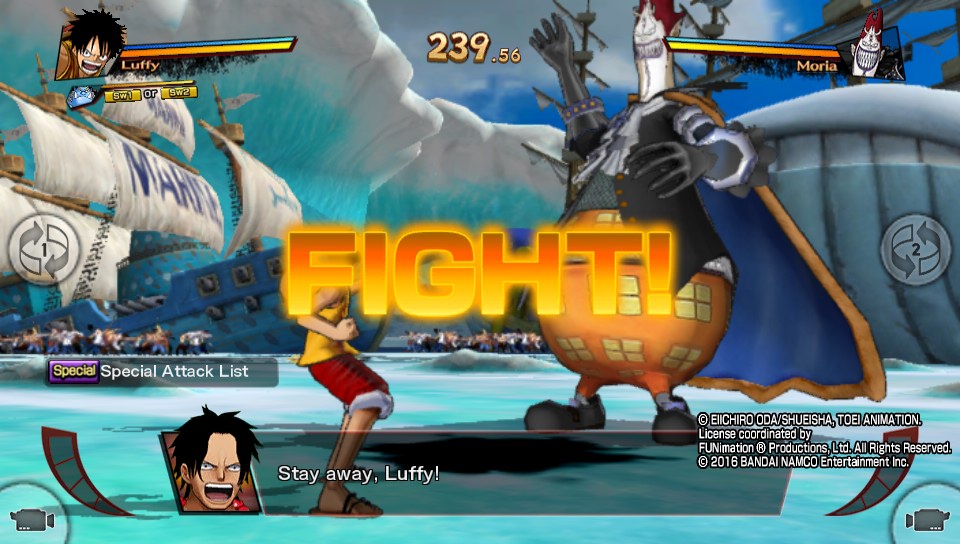 (Click to enlarge)rn
(Click to enlarge)rn -
Burning Blood review screens #2
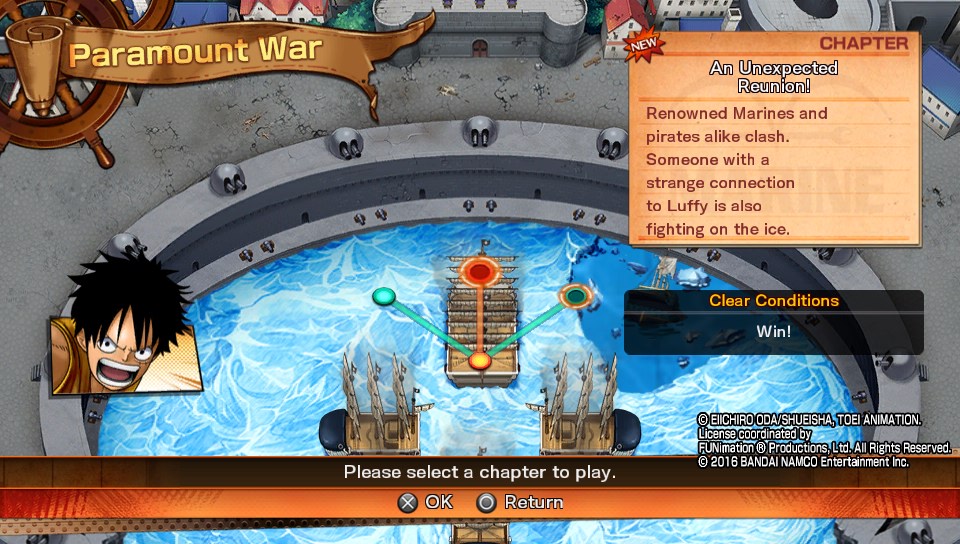 (Click to enlarge)rn
(Click to enlarge)rn -
Burning Blood review screens #3
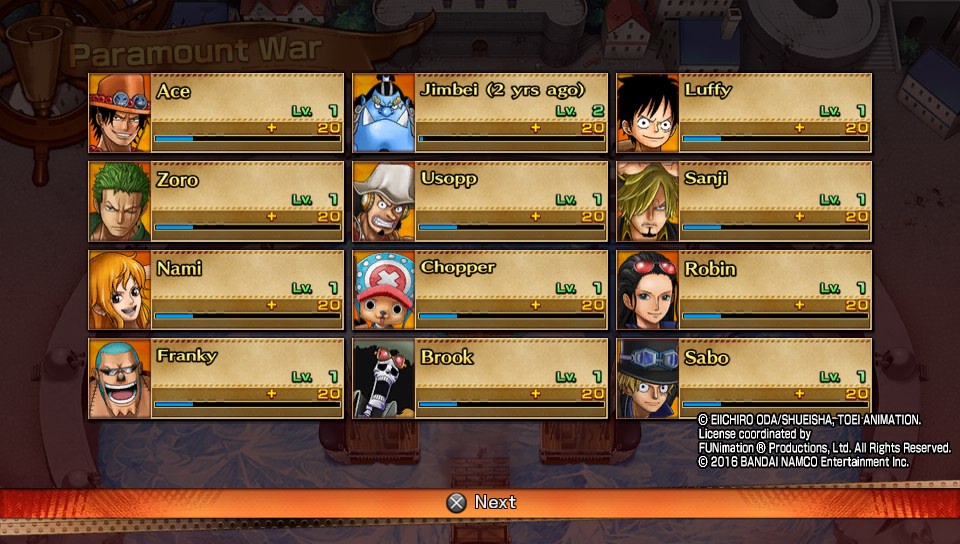 (Click to enlarge)rn
(Click to enlarge)rn -
Burning Blood review screens #4
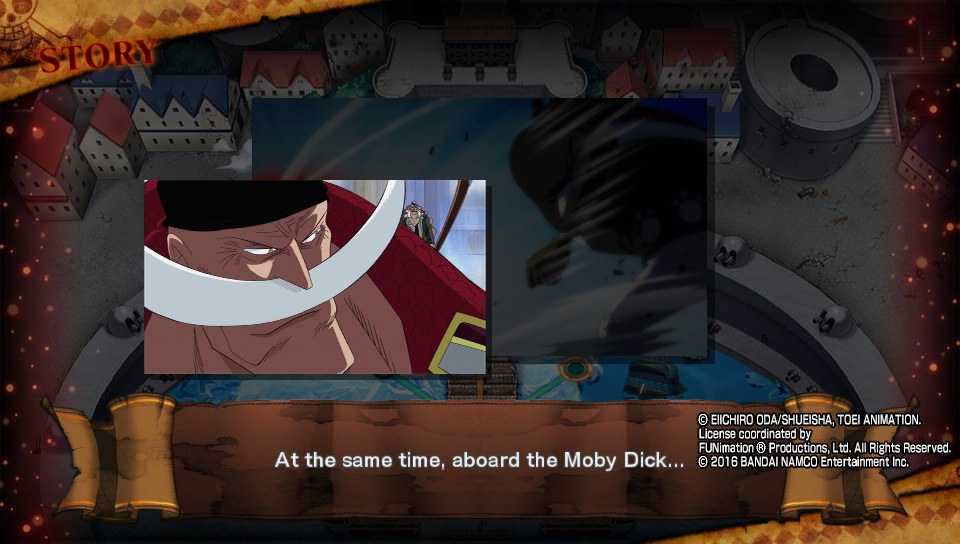 (Click to enlarge)rn
(Click to enlarge)rn -
Burning Blood review screens #5
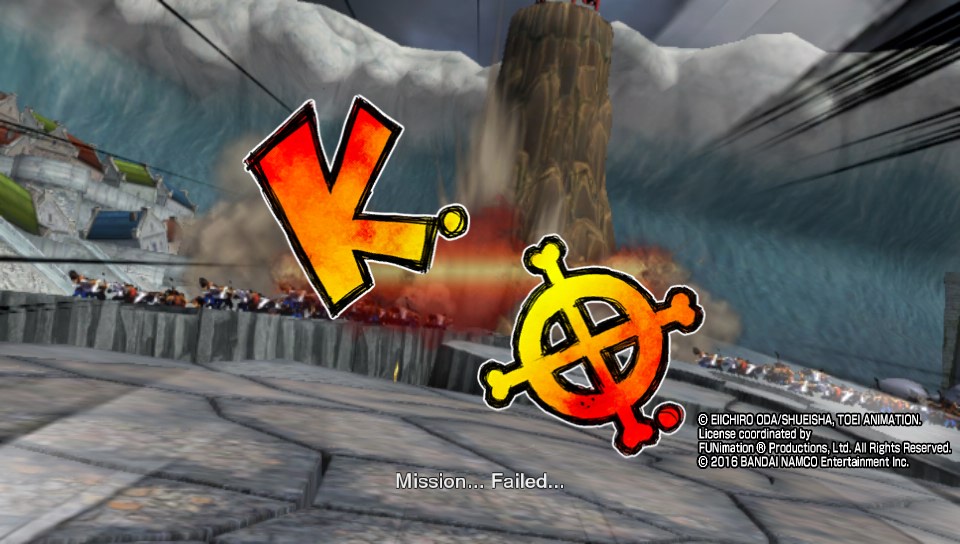 (Click to enlarge)rn
(Click to enlarge)rn -
Burning Blood review screens #6
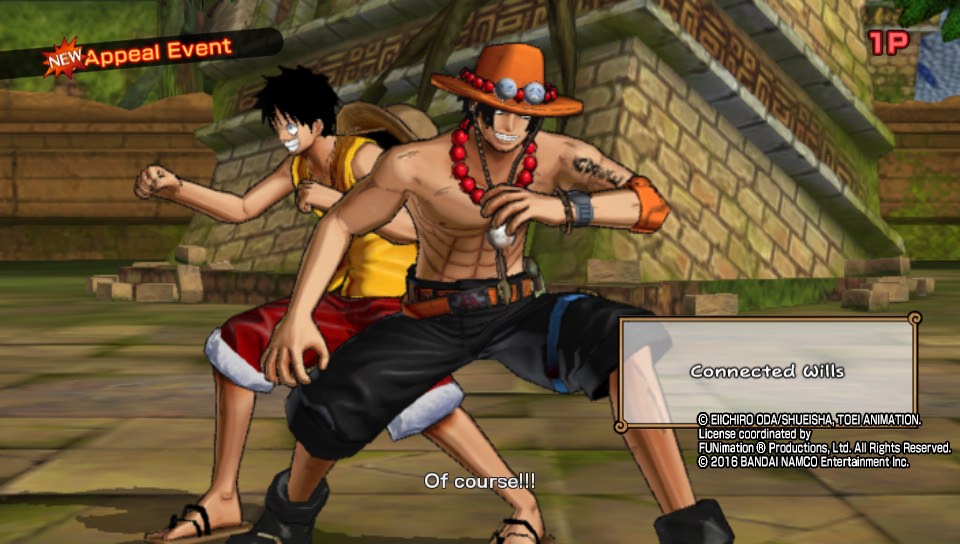 (Click to enlarge)rn
(Click to enlarge)rn -
Burning Blood review screens #7
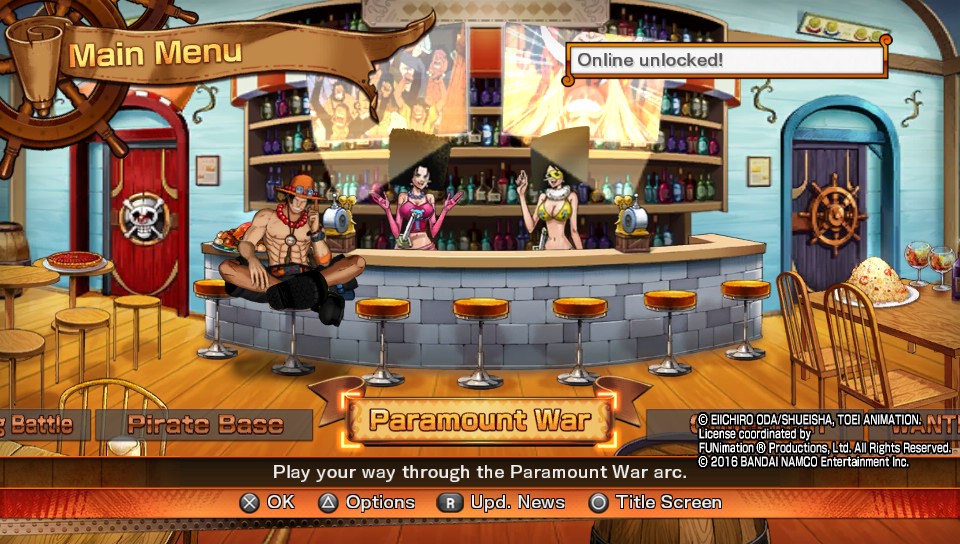 (Click to enlarge)rn
(Click to enlarge)rn -
Burning Blood review screens #8
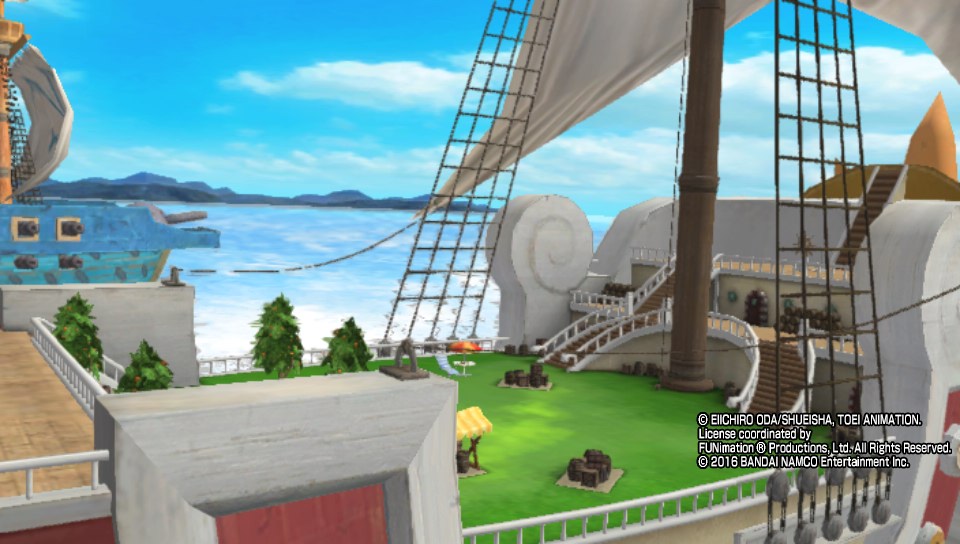 (Click to enlarge)rn
(Click to enlarge)rn -
Burning Blood review screens #9
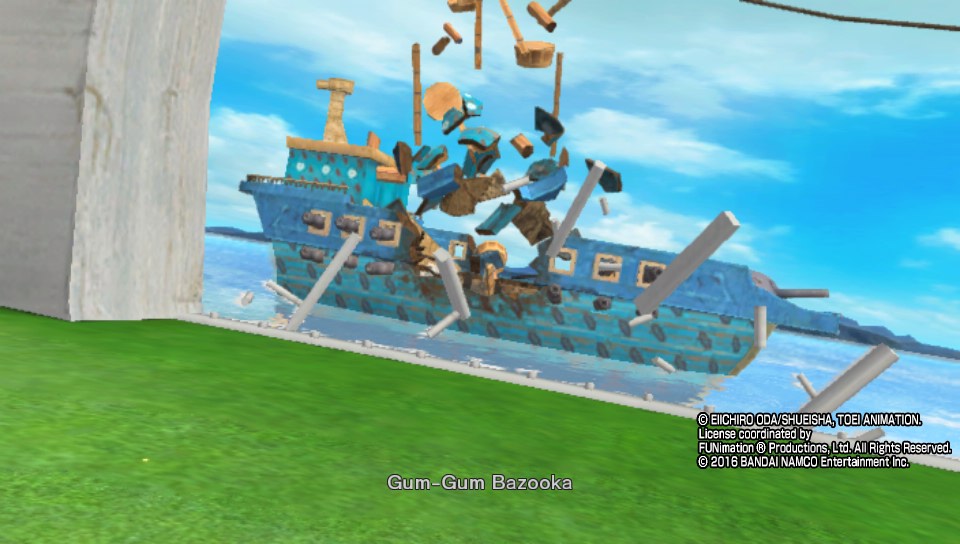 (Click to enlarge)rn
(Click to enlarge)rn











